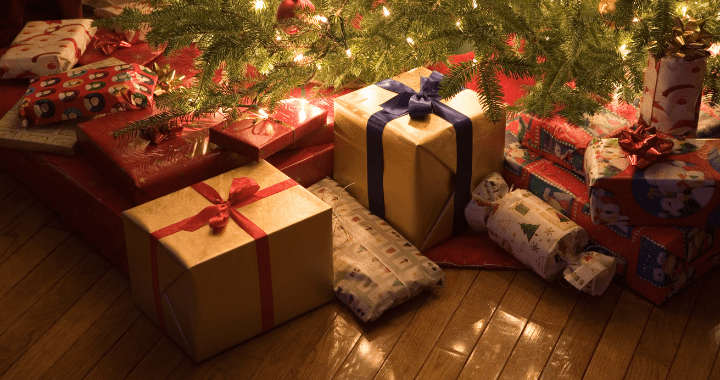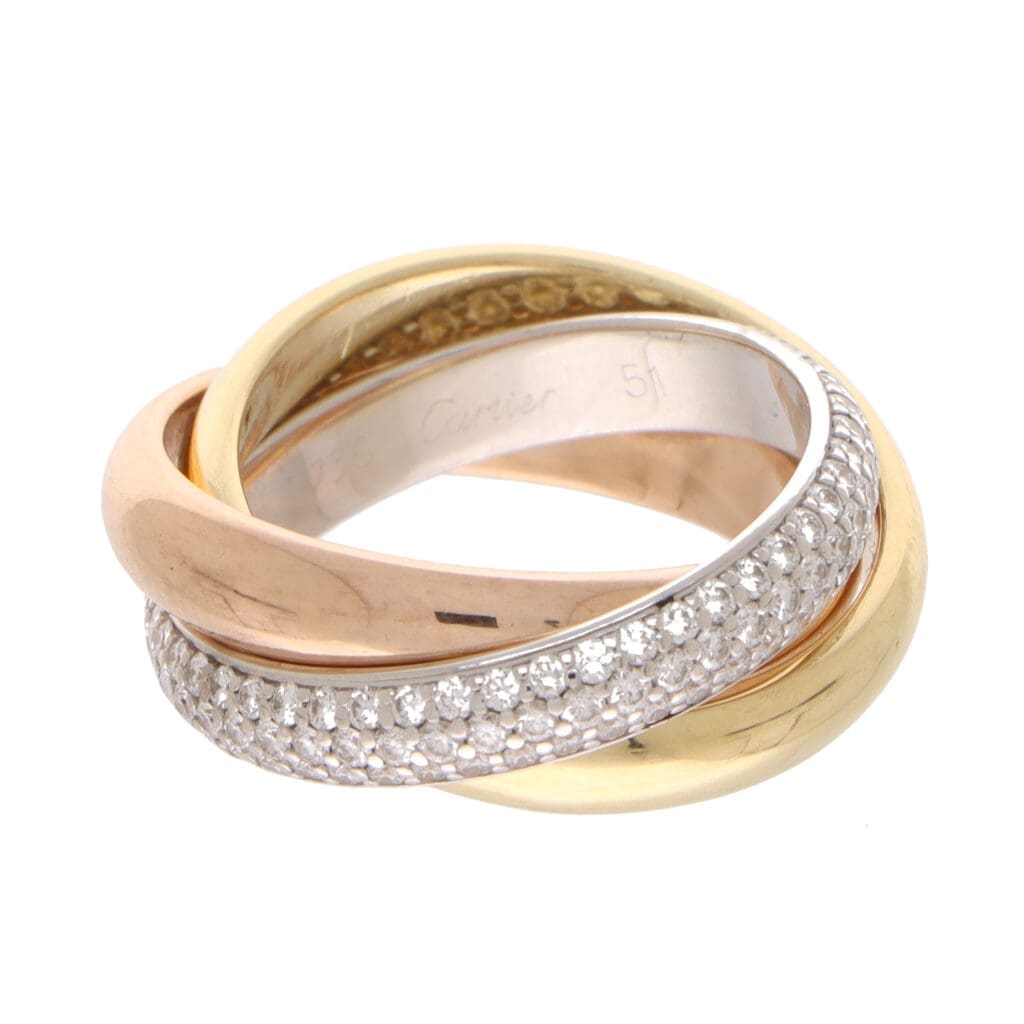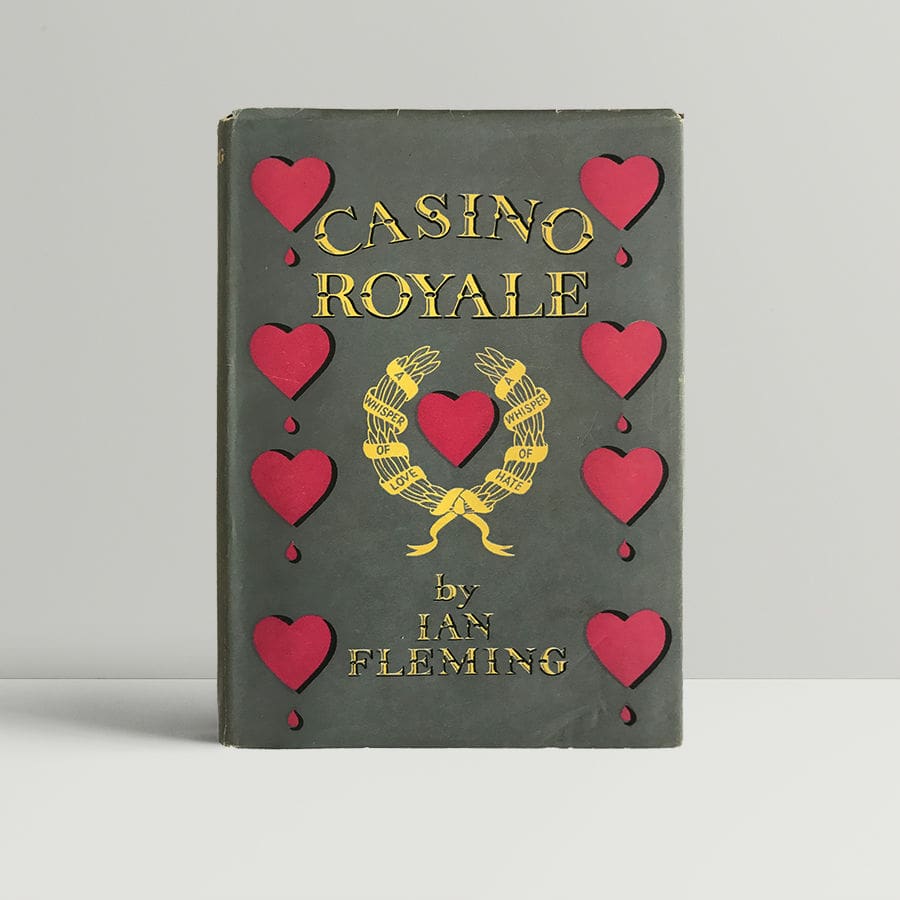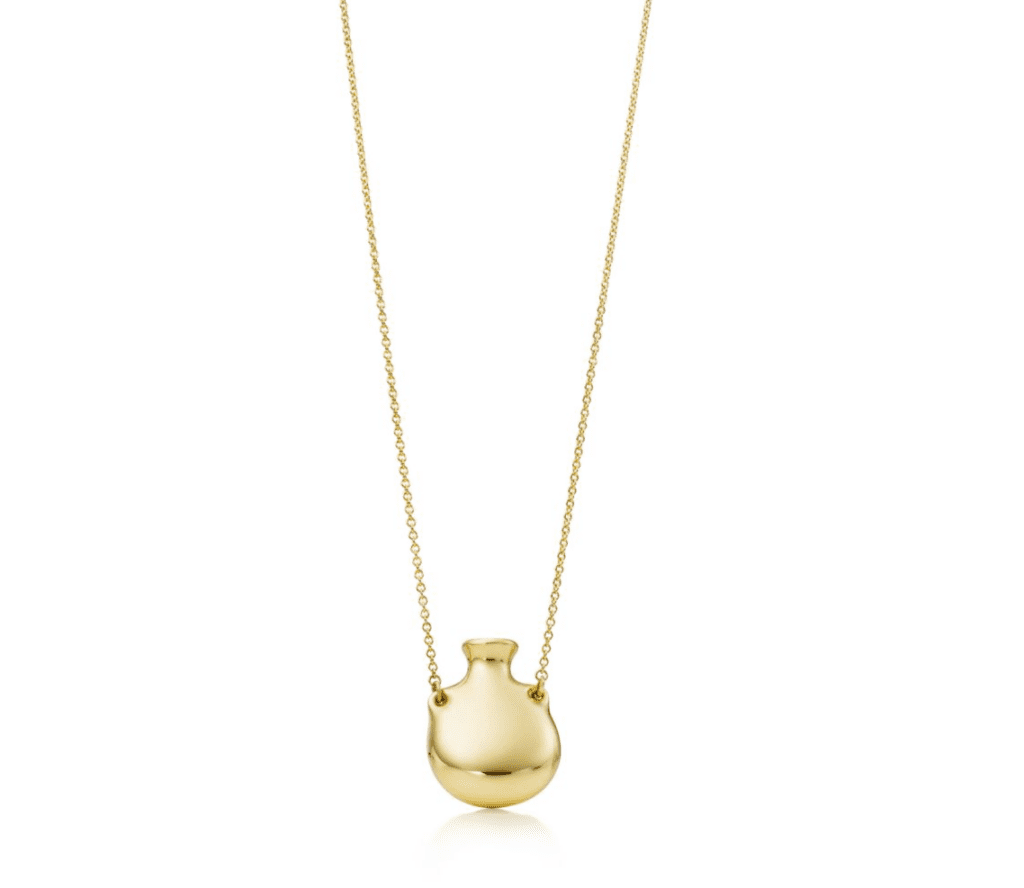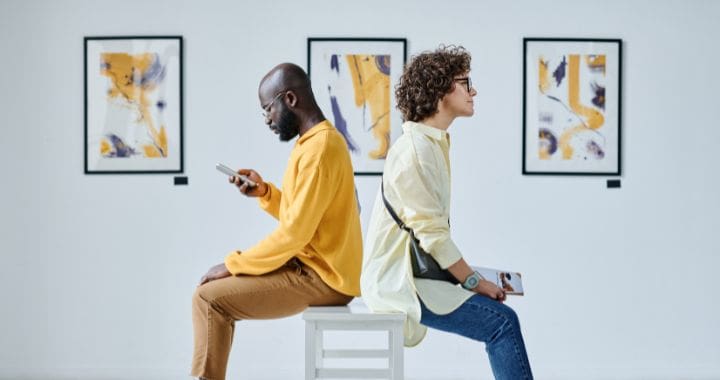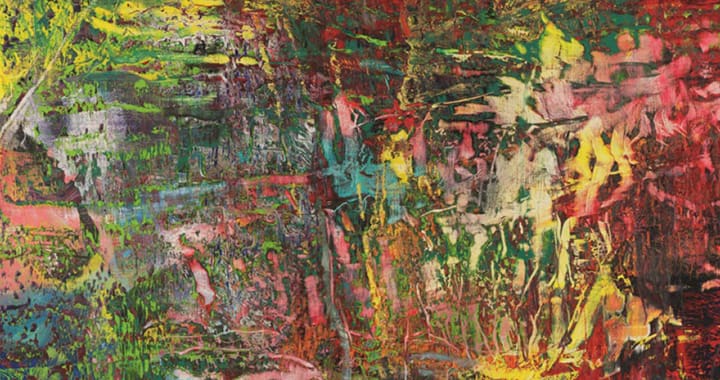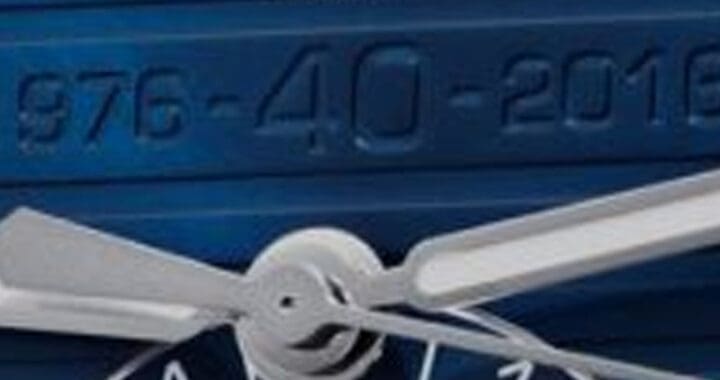We’ve asked our fabulous team of valuers and admin staff, what they would like to find under the christmas tree if money were no object. Find out what they picked below…

“After a visit to Boodles in Knightsbridge, I couldn’t stop thinking about this Knot White Gold Diamond Ring – it really caught my eye. The design is just stunning, and the diamonds have such a gorgeous sparkle. It’s the kind of piece that feels timeless, and I’d love to find it under the tree. Another thing I’d be happy with is a pair of single-stone diamond earrings. They’re simple, classic, and would go with pretty much anything. And if I’m being really wishful, I’d also be thrilled with two black labrador puppies. They’d bring so much joy and energy to the house – definitely the best kind of Christmas surprise!”
“I have taken this question rather literally! Dressing the Christmas tree with the children and now grandchildren is a seasonal tradition not only in the Dallas household, but almost everywhere in the Christian world.
Whenever I am in New York in December, I go to the Metropolitan Museum of Art, where there is a 20ft Christmas tree underneath which is grouped a nativity scene made of beautiful 18th Century Neapolitan Creche Figures and animals, which have been loaned by Loretta Howard and her family since 1957.
I’m not sure if one could ever find figures the quality of Loretta Howard’s, but even 19th Century Crib Figures can be in excess of £600 each, so they would cost a small fortune. Please be generous Santa!”



‘When Christmas comes each year it is a time for not only giving presents, but writing cards and getting in touch with people that you may not have spoken to throughout the year – whilst modern times dictate that you can email, or message – there is still something special about receiving a letter from a loved one, and what better way to do it than with a Montblanc pen. Whilst many people look at the ultra valuable fountain pens that they are well known for – I would opt for the entry level roller ball. With all the style and class of the bigger relations, but with a fraction of the cost”
Alas, what I really, really want under the tree this Christmas is not going to happen…
Although I am a picture man through and through, what people might not know, is that I adore antiquities and early sculpture…. I suppose as dark secrets go, it’s not that bad!
What I saw in an auction in November was a superb Khmer stone figure of a standing Goddess from Cambodia, dated to the 11th-12th AD – estimated at £5,000-8,000. I know this is not a small amount of money (it’s Christmas so who cares about reality!) – but the sculpture was amazing, and a perfect example of art from this period when the Cambodian civilisation was at its peak (anyone been to Angkor Wat?).
The sculpture is so simple and elegant, and the condition is excellent – discounting the missing arms and head! Unfortunately, I was not the only one with good taste – the work was bought by someone else with more money than myself for £8,000 plus fees. All I can hope for is that the buyer was in fact my wife who bought it as my surprise Christmas treat! Fingers crossed!


“I would like to see a watercolour or two by Eric Ravilious (British, 1903-1942) under the tree, his work is sublime and uniquely English, his skill with watercolour is second to none and he faithfully follows in the footsteps of the great Masters of 19th Century watercolour painting tradition such as JMW Turner – Around £80 to 120,000 for something like this…”
“I have always loved Christmas and all the traditions that go with it. When I first worked at Bonhams Knightsbridge fresh out of university and earned a pittance, I would cross the road to Harrods once a week and buy a single decoration from their Christmas shop. Since then, I have bought Christmas tree decorations from all over the world and clever Father Christmas has given my children a decoration every year since they were born, so that they now have enough to decorate Christmas trees of their own. I would love therefore to have another decoration to add to my collection, perhaps something from the Georg Jensen range, always stylish and classy. The Scandinavians really do know how to do Christmas. However, if I am really allowed to indulge myself, I would love a delicate Edwardian natural pearl and diamond necklace. Something that could be worn everyday or with evening dress. This would give me great joy, transcend the vagaries of passing fashion and be something to pass on to my daughter in due course. I’ll have to wait and see if I’ve been naughty or nice and what Father Christmas has in store for me!”


“They are a variation on the classic chandelier earrings but were popular in the 1800’s and often have rose cut, old mine cut and old European cut diamonds which were cut for candlelight and worn by beautiful wealthy women who had daytime and nighttime versions. Nowadays I would happily settle with a pair glittering in the winter evenings at a snug private dinner.
Surviving pairs of these earrings are rare as they were so decadent they have often been broken down during tough times. Therefore, because of their rarity, the value of a good pair is considerable so should any ever come up at auction there is always fierce international bidding and could be argued to be a savvy purchase and investment. I’ve sourced my ball gown, carriage and Prince just waiting for the finishing touch …..at a rough guess £80 – £100k”
“I’d like to find a diamond-set Trinity ring by Cartier. Cartier’s reputation needs no explaining. Their craftmanship remains unique, stylish and guarantees longevity. The Trinity ring is the perfect gift as it comprises the three gold colours, ready to suit any skin tone, and the diamonds add sparkle which is what Christmas is all about when it comes to the ladies’ gifts! It is ingenious of the brand to offer this ring in so many different options. The ring that I would like only has one band pavé-set with diamonds, and can be small or classic.”

“I would love to see a small wrapped parcel with a red box!!! And inside this striking incredible ring by Cartier. It’s not very old- 1970’s but I just love the design and how wearable it is! It makes a real statement but the fact that it’s made up of lots of small graduated pieces, with lapis lazuli floral top and diamond highlights, makes it delicate at the same time. £25,000- a steal!!!!
“Under the Christmas tree I’d be thrilled to discover a signed or inscribed copy of Ian Fleming’s novel Casino Royale which introduced the world to the now legendary British spy James Bond. The book was first published in 1953 with a dust-jacket devised by the author, and with a modest first print run of 4,728 copies. The book was an enormous success and Ian Fleming went on to write a further 13 novels in the series, which have sold more than 100 million copies to date. A first edition in a dust-jacket will cost from £10,000-30,000 depending on condition, and a signed or inscribed copy from £30,000-125,000 depending on the inscription.”

“If i were to find one special piece under the Christmas tree it would be a Cecil Beaton design for the stage production of ‘Coco’ starring Katherine Hepburn. These designs are a combination of three 20th century legends – Cecil Beaton was at the height of his powers as an artist and costume designer. The musical starred the all time leading multi Academy Award winning actress Katherine Hepburn as Coco Chanel. Chanel in turn is the most influential fashion designer of the 20th century! Bonhams recently sold a very good example created for the 1969 production which would be a very special gift.”
“I would just love to receive some vintage Elsa Peretti under the tree! This year has really shone a light on her wonderful designs in the fashion world, I have well and truly been ‘influenced,’ seeing celebrities such as Rosie Huntington-Whiteley stacking up their Peretti bone cuffs over simple and stylised outfits. I personally could see myself wearing one of her lovely vase pendants, a vintage one of course would be preferable but I would be thrilled with this one currently retailing at £4,100.
… If Santa is feeling flush this year, I would definitely love to add to my watch collection! A Jaeger-LeCoultre calibre 101 collection wristwatch would be a dream Christmas present! This 1970s example was set throughout with nine carats of baguette cut diamonds – the perfect blend of fine jewellery and watchmaking innovation – the 101 movement was created in 1929 and is renowned for being, still to this day, the world’s smallest mechanical movement ever made – weighing just one gram!

“Chinchillas normally cost between £80 and £200 and make excellent pets! Originating from the rocky slopes of The Andes they live together in large colonies, so cute!
Or I’d also love to see an Art Deco Day and Night ring from the 1920s, multiple rings in one! £3,315.51- 1st Dibs”
“If I could receive any gift this holiday season, I would choose this terracotta figure of a court lady from the Tang Dynasty that I was fortunate enough to view in person at Sotheby’s New York during Asia Week this year. The Tang Dynasty has always been one of my favorite periods of Chinese history, not only from an art historical standpoint, but also because of the freedoms that court women enjoyed compared to in the surrounding dynasties. Terracotta sculptures of such women shed insight into their daily lives and interests, such as riding horses, playing music or dancing in women-only ensembles, or displaying the latest fashion trends. Tang court ladies are either portrayed as very thin or round, with the latter shown here in this 8th-century example. Her large zhuimaji (“falling off the horse”) hairstyle is modeled after the concubine Yang Guifei and is characteristic of the period, as are her long sleeves extending well beyond her hands.There is no shortage of Tang ladies in the Asian art market, meaning that unusual or high-quality examples perform significantly better at auction. This Tang lady is notable for her size, condition, and provenance.”




“A few years ago, 2016 to be precise, Adele headlined on the Pyramid stage at Glastonbury. As always, her performance was exceptional in her typically down-to-earth way, complete with her ‘potty’ mouth as she calls it! But apart from her singing and language, another thing stood out for me – her bracelet! Her outfit that night was a lovely Boho style dress, complemented with this lovely bracelet that I had to Google to find out what it was, as I’d never seen one before! Since then, everyone is wearing them, including Queen Camilla, who can regularly be seen wearing her turquoise example! I’m quite sure that Queen Camilla’s will not be fake, which probably can’t be said for all the women and girls I see wearing them now! It is of course the Vintage Alhambra bracelet with 5 motifs.”
“As a massive Prince fan, I would love to receive a copy of the new book Prince: Icon. Prince: Icon is a photography book curated by Steve Parke, former art director at Paisley Park, and contributions from those close to him, with new and rarely seen images of the artist, from album covers, performances, candid snapshots and portraits to name a few. I was fortunate to attend a Prince concert when I was in high school and his music, art and creativity has continued to inspire me since then. This book would be a perfect addition to my Prince music and memorabilia collection. ”

“I am a big kid at heart and love the magic of Christmas each year. What I would really love is to visit Lapland and pretend for a few days that it’s all real – completely immerse myself in all the Christmassy goodness. I would visit Father Christmas, feed the reindeer, travel by sleigh, play in the snow and drink cocoa by a roaring fire. I can’t think of anything I’d enjoy more!”






